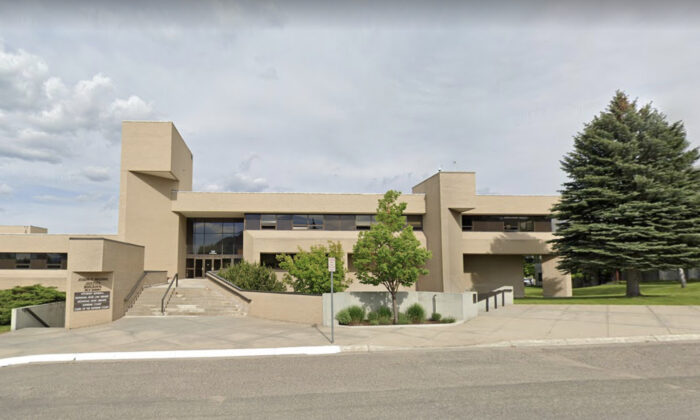
On Sept. 16, 1946, my parents said “I do” during a Nuptial Mass at St. Anne’s Cathedral in Great Falls, Montana.
The former Marcia Sweeney and Adrian Bailey both grew up on farms — she on a grain and livestock farm near Larimore, North Dakota, and he on a ranch near Stanford, Montana. They met through my dad’s sister who had been my mom’s roommate and best friend for several years while he was serving in the Army Air Corps during World War II. During the years my dad was in the service, he was her friend’s brother, who, like many soldiers,enjoyed receiving letters.

After the war, their pen-pal friendship developed into love and marriage. Although my dad went to college on the GI Bill after they were married and earned a business degree, he couldn’t see himself working in an office, and he wanted his children to live near their grandparents, something he had missed experiencing. So when my mom’s father, Jay, asked him a couple of years after they were married if he wanted to farm with him, my dad said “yes.
” In 1950, my mom, dad and two older brothers, Mike and Terry, who were born in Great Falls, moved to a farm just down the road from my mom’s parents, and my dad began farming. Besides grain and row crops, my parents, like most farmers in those days, also raised livestock: pigs, sheep and beef cattle, feeder cattle and milked a half dozen Holstein cows, selling the cream to the dairy in Larimore. My parents had three more children — Richard, me and Bonnie — after they moved to the farm near Larimore.
Richard was a horse loving young man, and in 1965 he added a palomino named Golden Beauty to the livestock. The farm would be home to several more horses and a pony during the next 20 years, as my sister and I also were horse crazy kids. Over the years, the livestock numbers decreased as the pigs, sheep, dairy and feeder cattle were sold and not replaced.
The beef cattle, however, remained until the late 1980s when my siblings and I had all left the farm and my dad was approaching 70. As I reflect on the influence of my parents' decision to move to North Dakota and farm, I am struck by how much it contributed to my career and my own family. When I became a reporter in 1983, I gravitated toward writing stories about farm families, commodities and farm policy before there was even an Agweek magazine.
After it was launched, I applied to work for it, writing farm feature stories, about farm programs and covering the dry beans, feed grains — corn, barley and oats — markets and poultry markets. Over the years as a journalist, my beat has stayed pretty much the same, with the elimination of the poultry market coverage and the addition of sugarbeets. I’ve also written about potatoes in recent years.
My grandparents died several before my children were born and my dad died a few months before my oldest son was born, but they, through many stories about my growing up years on the farm and through my mom — who lived on her farm until 2009 when she was nearly 85 — gained an appreciation for agriculture and their farmer grandparents and great-grandparents. My three children also value the experiences they had growing up on a farm. They climbed trees, fed horses, and baled hay and straw.
They also roamed freely around 15 acres, rode their bikes down the gravel roads to their grandma’s and aunt’s and uncle’s houses and picked and ate fresh carrots that were wiped on their jeans to remove the dirt from the garden where a hundred years ago, their ancestor could have done the same thing. My dad has been deceased nearly 30 years and my mom for 14 years, but the effect from the vows they made to each other 78 years ago and their decision to move to North Dakota and farm has lived on, in part because of their dedication, modeled by their day-to-day hard work to their chosen career of agriculture and partly because, by expecting their children to do the same, they instilled in us the same appreciation. On Sept.
16, 2024, I am thankful to my parents for giving my brothers, sisters and me, not only life, but a farm life, one that influenced not only what I do, but more importantly, who I am and who future generations will be. Ann Bailey lives on a farmstead near Larimore, North Dakota, that has been in her family since 1911. You can reach her at anntbailey58@gmail.
com..














